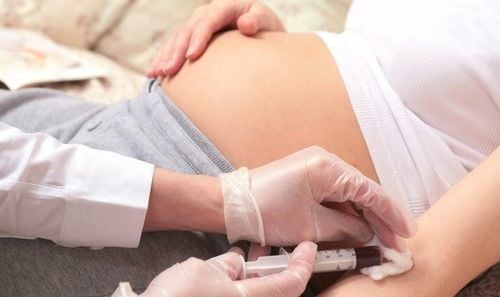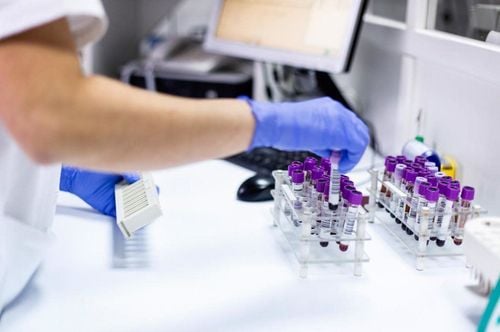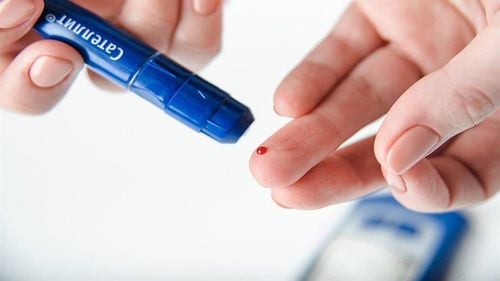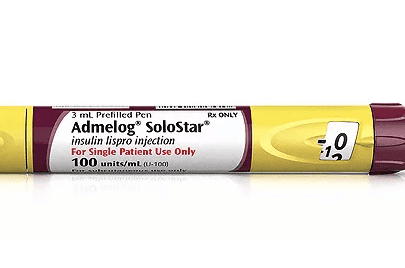This is an automatically translated article.
The article was written by MSc Do Thi Hoang Ha - Doctor of Biochemistry, Laboratory Department - Vinmec Hai Phong International General Hospital.The clinical manifestations of type 1 and type 2 diabetes are essentially the same. The difference between these two types is mainly the use of immunological tests to diagnose with a number of other risk factors (age-related, family history) as well as initial symptoms.
1. What is diabetes?
Diabetes mellitus, now officially known as diabetes mellitus (DM), is a chronic non-infectious metabolic disorder that currently has a high prevalence in Vietnam, especially in Vietnam. especially type II diabetes.The cause of diabetes is due to the body's inability to use glucose due to a lack of insulin production of the body (due to autoimmune diseases, beta cells of the pancreas being attacked and destroyed, deficiency diseases). genetic deficiency, due to medication use - type I diabetes) or unresponsiveness to insulin (type II diabetes) or both.
According to the latest announcement of IDF 2019, the whole world is currently estimated that about 463 million people have diabetes, which means 1 in 11 adults will have the disease. In Vietnam, survey data in 2012 show that the rate of diabetes in the population is 5.5%, but up to 60% of people have diabetes but have not been detected.
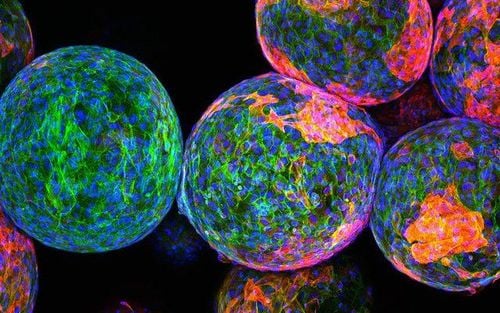
2. What test should be done to determine diabetes?
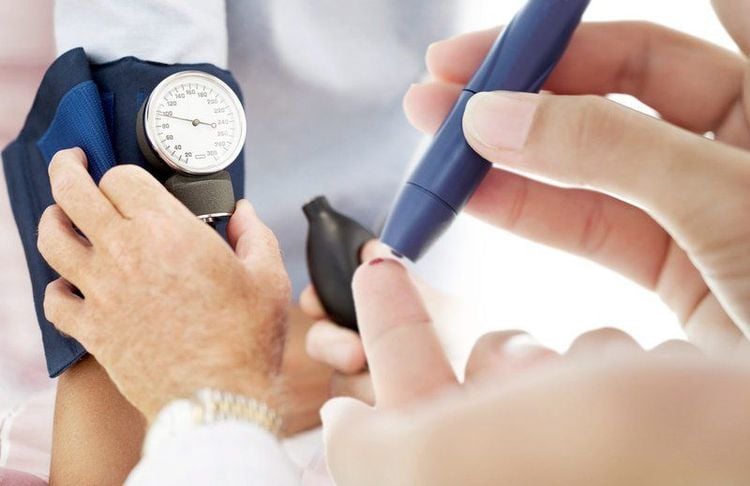
So, to help doctors diagnose diabetes, come up with a suitable treatment plan, what tests will be recommended to apply?
2.1. Type I diabetes The markers for the disease are 5 types of diabetes-associated autoantibodies (DAAs) that can be encountered, which are:
GADA autoantibodies (glutamic acid decarboxylase antibodies, mainly is GADA65); islet cell autoantibodies (ICA); Autoantibodies against insulin tyrosine phosphatase-associated protein 2 (IA-2) autoantibodies (tyrosine phosphatase-like insulinoma associated protein 2 autoantibodies: IA-2); Anti-insulin autoantibodies (insulin autoantibodies: IAA); Antibodies against zinc transporter (Zinc transporter autoantibodies: ZnT8). Nearly 90% of people with type 1 diabetes have one or more of these antibodies at the time of diagnosis. Patients with type 2 diabetes have low or undetectable levels of these substances. In general, autoantibodies to ICA, IAA, IA-2A, and ZnT8 are common in childhood-onset autoimmune diabetes, whereas GADA and IA-2A autoantibodies, particularly GADA, are common in DM. type I diabetes has a later onset. These antibodies may appear several years before symptom onset. Approximately 60–80% of patients with a positive test for insulin-resistant autoantibodies or pancreatic islet cells will develop insulin-dependent diabetes within 10 years, of which the GADA65 test provides definitive evidence. Diagnosis of type I diabetes as well as distinguishing between type I and type II diabetes (in patients with late-onset type I diabetes may cause confusion between type I and type II diabetes).
However, there are some caveats when using autoimmune antibodies in the diagnosis of type I diabetes, that is, the tests can be affected if within 7 days before the test the patient has used these drugs. radioisotopes as well as autoimmune antibodies detected in children are not the same as in adults. More than 50% of patients with type I diabetes are positive for insulin resistance (IAA) while most are negative in adults.
Patients who have been treated with insulin may also develop exogenous insulin resistance (IAA). The test cannot help doctors distinguish these nascent antibodies from autoimmune antibodies, so it is not recommended for patients already on insulin therapy. In addition, antibodies against pancreatic islet cells ICA can also be found in people with endocrine disorders such as Hashimoto's thyroiditis or Addison's disease.
2.2. Type II diabetes To help clinicians make a definitive diagnosis of type II diabetes, the following tests are preferred, respectively, as well as in combination with associated risk factors (age ≥ 45 years, obesity) obesity, family history of type II diabetes, comorbidities such as hypertension, metabolic syndrome ..)
Determination of fasting serum/plasma glucose: This is the first test hands in tests to help clinicians navigate and make a diagnosis of diabetes. If the patient is tested for fasting blood sugar (after 8 hours of eating) ≥ 126 mg/dl (≥ 7.0 mmol/l) in 2 consecutive tests at least 24 hours apart, then it is considered diabetes. Quantification of serum/plasma glucose at any time: Any venous blood glucose ≥11.1 mmol/l accompanied by classic symptoms: excessive thirst, increased drinking, frequent urination, weight loss.
Oral glucose tolerance test: Blood glucose after 2 hours of oral glucose tolerance test ≥11.1 mmol/l. HbA1c: The patient is diagnosed with diabetes if the HbA1c concentration is ≥ 6.5% (tested by standardized NGSP method).
Especially for Fasting Serum/Plasma Glucose Quantitative tests, Oral Glucose Tolerance Test and HbA1c need at least one performance criterion
2 times 24 hours apart or 2 criteria standard on the same blood sample.
2.3. Gestational diabetes Gestational diabetes often has no symptoms, so a glucose tolerance test is required.
In the glycemic tolerance test for pregnant women (weeks 24-28 of pregnancy):
+ First time glucose: < 5.3 mmol/l.
+ Second glucose: < 10.1 mmol/l.
+ Glucose for the third time: < 8.6 mmol/l.
According to the standards of the International Association of Diabetes and Pegnancy Study Groups (IADPSG) and the American Diabetes Association (ADA)
+ If blood glucose at If fasting > 7.0 mmol/l, the pregnant woman has clinical diabetes.
+ If one or more of the parameters in all 3 times is greater than the above value, it is gestational diabetes.
+ In normal pregnant women, all 3 parameters are smaller than the values mentioned above.
Please dial HOTLINE for more information or register for an appointment HERE. Download MyVinmec app to make appointments faster and to manage your bookings easily.





